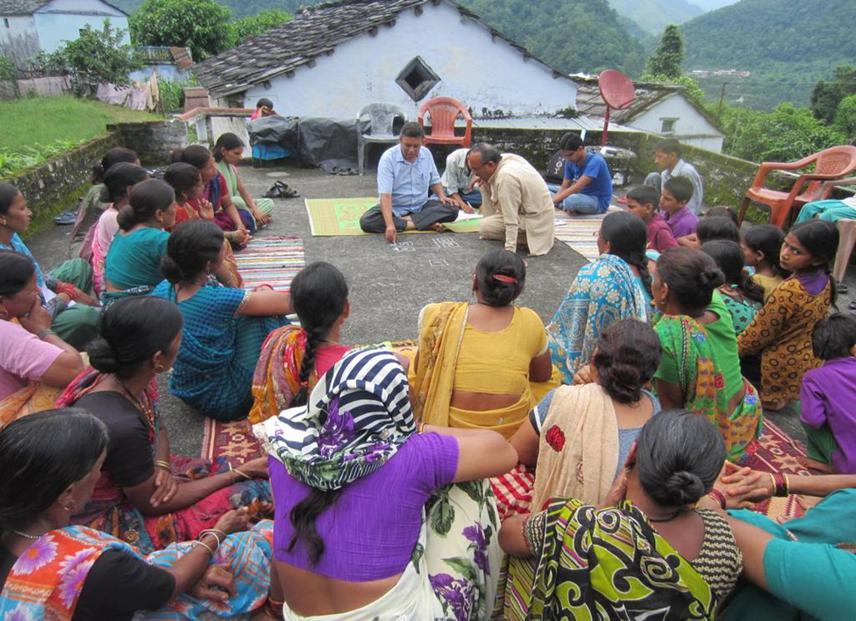Shankar Datt
Other projects
20 Jan 2015
Biodiversity Conservation: A Case for Indigenous Community-Centric Buffer Zone Management
The golden fish population is declining dramatically in the Ramganga river due to illegal fishing activities and habitat loss. In the proposed programme we will run a campaign to aware the local people on biodiversity conservation and focus our activities in conserving the fish.

Focus group discussion in the village.
Although conservation word is getting more popular nowadays, generally the situation of biodiversity conservation on the ground is poor! People’s active participation towards conservation is declining. The traditional knowledge, community-based institutions and volunteer activities are being replaced with alien concepts; short-lived institutions and paid work. I believe conservation of biodiversity is not possible without an active participation of the local communities. I could transform my thoughts into action through Rufford foundation’s small grant in 2015-16; we developed five Participatory Comprehensive Village Biodiversity Conservation Plans and trained 20 local volunteers to implement the proposed plans. It was a great learning experience and a good start of the idea. During the programme, we observed many conservation issues including deforestation, mining, poaching etc. In addition, we also identified four species namely Barberis Aristata, Tor Putitora, Elephas Maximus and Alectoris Chukar which are under threat and need serious conservation action. However, the situation of Tor Putitora (golden fish) is really poor, uncontrolled and illegal fishing activities (i.e. blasting and electric current) takes place in the river. Therefore we decided to keep specific focus to conserve the fish and raise awareness and resources to conserve the rest three identified threatened species.
The issues and actions for the program are as follow:
Issue
1. Passive response of local people to initiate conservation action
2. Golden fish’s habitats are under threat
3. Decreasing population of golden fish
4. People’s ignorance on systemic biodiversity conservation approach
5. Livelihood of local fishermen
6. Isolated work culture among government and non-government organizations
Action
1. 10-day training for 12 volunteers and 2 exposure visits for 150 villagers to build their capacities on biodiversity conservation workshop for members of community-based institution.
2. Majority part of the Ramganga River is shallow. There are only a few deep water zones, and these zones are an important habitat for the fish. Therefore, we will protect 20 kilometers stretch of the river to conserve the fish habitat.
3. According to experts about 70% of the fish population has decreased over the last decade. So, we will do seed ranching (2000 fingerlings of golden fish) in the 10 deep water zones, in 20 kilometers range of the river.
4. We will develop a monograph and a short film on golden fish.
5. Build fish ponds as an alternative source of fishing.
6. Convergence with different government and non-governmental agencies to implement the plan collectively.